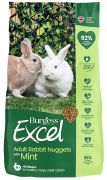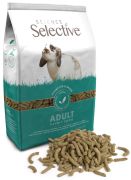Complete of Complementary? … Food For Thought!
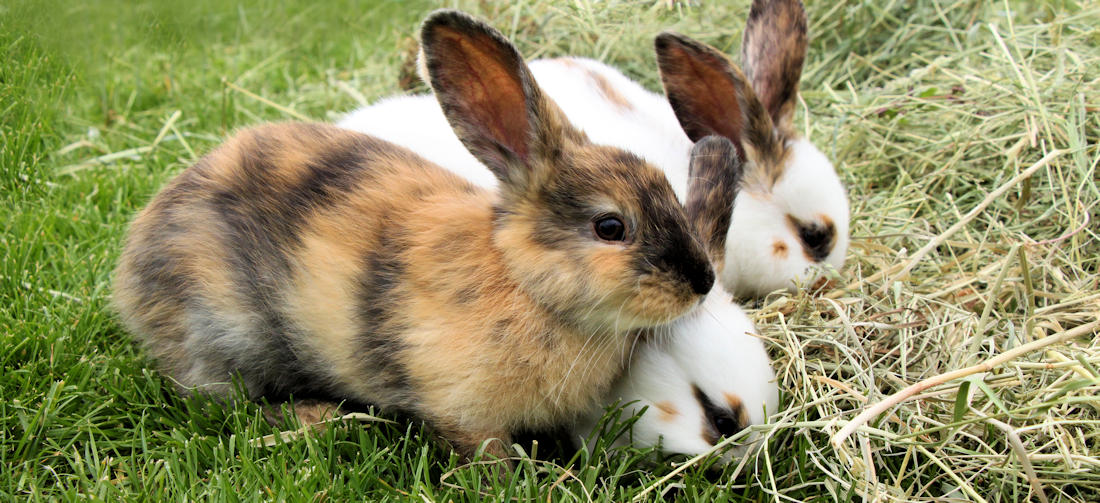
Complete of Complementary? … Food For Thought!
There are lots of different foods available for our small pets today. Some are labelled as complete, some as complementary and some not labelled as anything specific at all!
So what’s the difference? Do you need to feed anything else as well? And how do you know which is best for your little ones?
In terms of a basic definition, complementary foods are those that are fed in addition to, or fed to enhance another food. In terms of small animal foods, it’s generally been a term associated with products that are felt to be more of a treat than the main component of the daily diet.
And the definition of a complete food means a food that contains protein, fat, carbohydrates, all the vitamins, minerals and other ingredients essential for sustaining life and maintaining health.
But is a complete food enough for rabbits and other small animals? Does a manufactured feed product actually contain everything to both sustain life and also maintain health for our small pets?
It’s well established by the veterinary profession and welfare groups that small animals such as rabbits and guinea pigs need hay or grass as the main component of their diet - something in the region of 80-85% of the daily food intake for rabbits, for example. We have always maintained, “in Rabbit World, hay is the main course”! This is also true of other small animals such as guinea pigs, chinchillas and degus too. Fibre from hay or grass is simply fundamental to their life.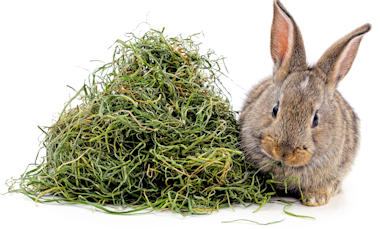
So whilst a complete food may contain all the necessary nutrients to sustain life, a complete food is not enough, in our view, to maintain health and wellbeing too. Complete foods do not fully address the high dental wear needed to ensure the ever-growing teeth of herbivores are kept under control, or satisfy their fundamental need for a huge amount of indigestible fibre for their digestive health.
Hay is fundamental for rabbit and other small animal wellbeing. It’s required to maintain digestive health and dental wear as we’ve already mentioned. But it’s also closely linked to emotional wellbeing too; rabbits, for example, are designed to graze for around 80% of their waking hours. This activity provides both stimulation and a constant source of fibre; keeping busy helps prevent boredom and negative behavioral issues, and the fibre is essential for continual dental wear and digestive health.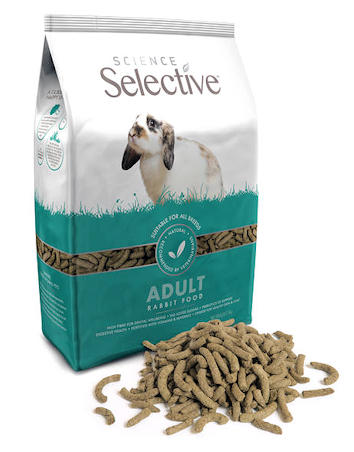
Some feed manufacturers have embraced this nuance between complete and complementary foods for rabbits and others, and It’s great to see that some of the main rabbit and small animal food manufacturers, such as Burgess Petcare (with the Excel range) and Supreme Petfoods (with the Science Selective range), market their foods as complementary, indicating that the food is only a part of the daily diet, and not all of it. Both also promote the feeding of daily hay alongside fresh water too.
There are a number of manufacturers marketing complete foods, which in itself is fine as you can be sure your little ones’ vitamin and nutrient needs are being well catered for. But just remember, if you are feeding a complete rabbit food, your little ones still require a huge pile of fresh, tasty hay to munch on each and every day!
In rabbit world, hay is the main course - everything else is dressing on the side! And in guinea pig world, hay is the main course - everything else is dressing on the side. And in chinchilla world … OK - yes … we know, you get the message!


